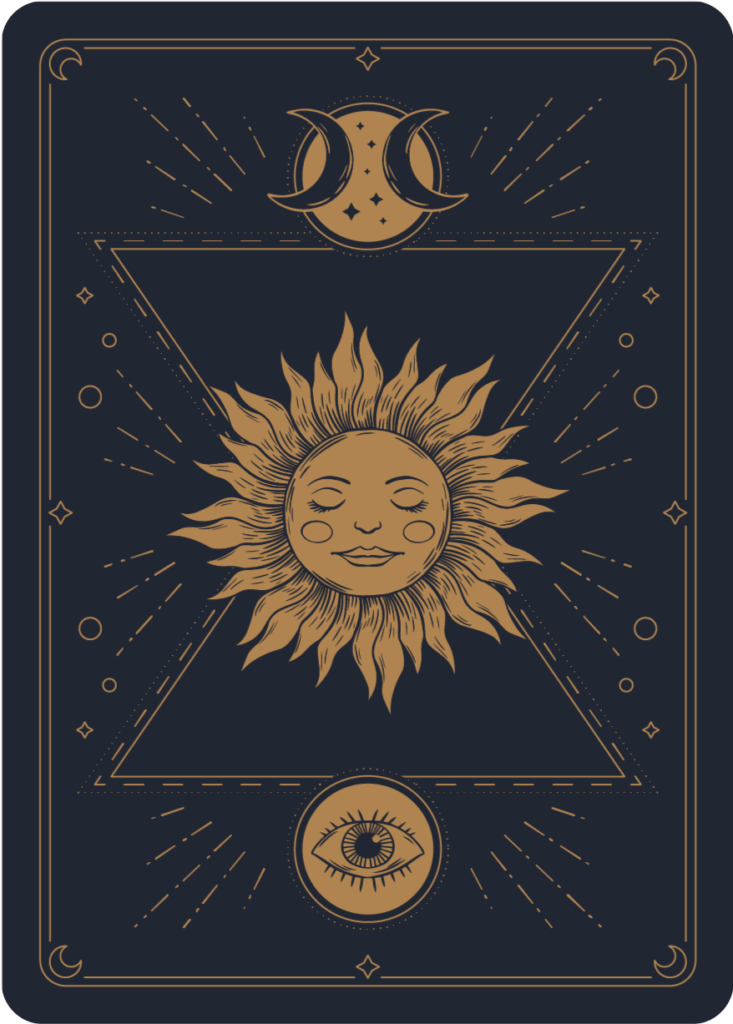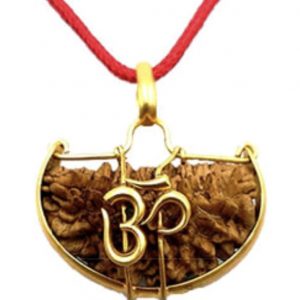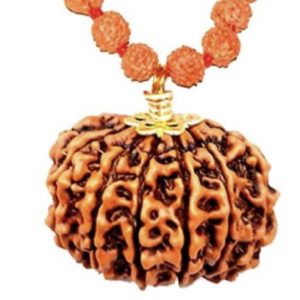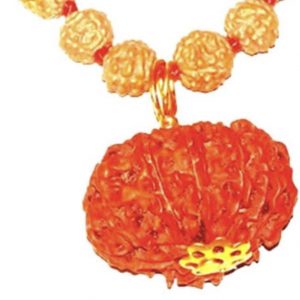CARDS CAN DO THE MAGIC
Get your personal divination
The future is always in motion. Just remember, you’re a master of the present moment.



Tarot cards can be used for a variety of purposes, including gaining insight into a situation, exploring potential outcomes, and uncovering hidden motivations or fears. However, it’s important to note that tarot readings are not a substitute for professional advice or therapy, and they should not be relied upon as the sole source of guidance in important decision making.

Unfold the mysteries of the universe
Clarity in life
It can help to reduce stress and uncertainty in life.
Decision making
Is essential in both personal and professional contexts
Improvement in life
Overall well-being and achieve personal goals

Peace
State of harmony, tranquility, and freedom from conflict
Personal questions
Process of making positive changes to one’s life
A new perspective
A fresh and different way of looking at a situation
Welcome to our online store
Tarology is the study and interpretation of tarot cards, a deck of cards that is typically used for divination, fortune-telling, and gaining insight into a person’s past, present, and future. Tarot cards are believed to have originated in Italy during the 15th century, and they typically feature a set of 78 cards that are divided into two groups: the major arcana (22 cards) and the minor arcana (56 cards).

Facing Crisis?
Its never too late
Tarot will give you the power to transform your life into something magnificent and magical.

Intuition can be helpful in prediction by providing insight or guidance beyond what is immediately obvious or rational. Intuition is a type of subconscious or unconscious knowledge that arises from a combination of past experiences, emotions, and instincts. When we use our intuition to make predictions or decisions, we are tapping into this deeper level of awareness.
Tarot cards are a deck of 78 cards that are used for divination, self-discovery, and spiritual growth. The deck is typically divided into two parts: the Major Arcana, which consists of 22 cards that represent major life events or archetypes, and the Minor Arcana, which consists of 56 cards that represent more everyday situations and experiences.
The origin of the tarot cards is uncertain, but they are believed to have originated in Italy in the early 15th century as a card game. The game was popular among the nobility and eventually spread throughout Europe. The use of tarot cards for divination and spiritual purposes emerged in the late 18th century, and has since become a popular form of esoteric practice.
There are many different interpretations of the tarot cards and their meanings, and different decks may have variations in symbolism and imagery. Tarot readings typically involve shuffling the deck, drawing cards, and interpreting their meanings in the context of the question or issue at hand. Tarot readers may use a variety of spreads, or arrangements of cards, to provide insights and guidance.
Tarot and Oracle cards are both types of divination cards, but there are some key differences between them.
Tarot cards are a specific type of divination cards that have a standardized set of 78 cards, divided into the Major Arcana (22 cards) and the Minor Arcana (56 cards). Each card has a specific meaning and symbolism, and the reader uses a structured layout or spread to interpret the cards in relation to the question or issue being addressed. Tarot cards are often associated with deeper psychological insights and esoteric knowledge.
Oracle cards, on the other hand, are a more loosely defined category of divination cards that can vary widely in terms of the number and type of cards, as well as their meaning and symbolism. Oracle cards often feature images and messages that are more direct and accessible than tarot cards, and they may be associated with specific themes or topics, such as angels, animal spirits, or affirmations. Oracle cards are often used for more practical and immediate guidance, rather than deeper psychological exploration.
In summary, the main differences between Tarot and Oracle cards are:
- Tarot cards have a standardized set of 78 cards, while Oracle cards can vary widely in number and type.
- Tarot cards are often associated with deeper psychological insights and esoteric knowledge, while Oracle cards are often used for more practical and immediate guidance.
- Tarot cards use a structured layout or spread to interpret the cards, while Oracle cards may be used in a more intuitive or free-form way.





